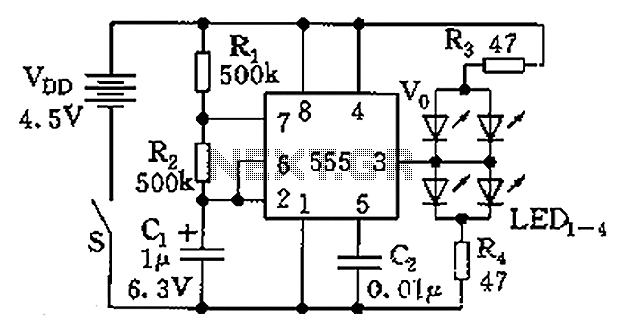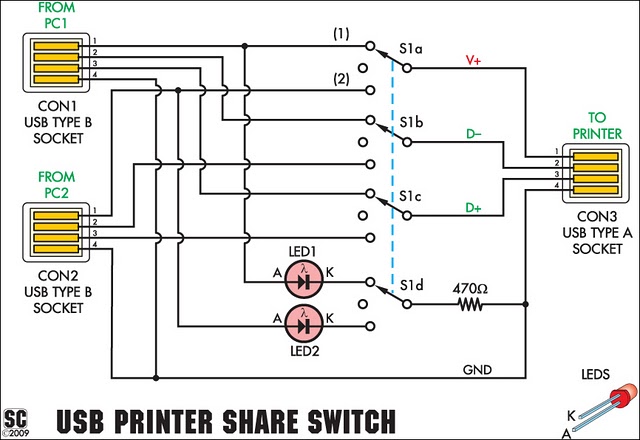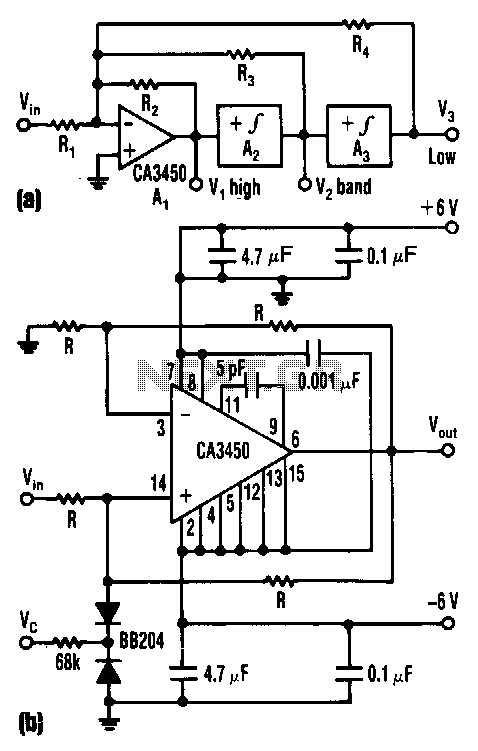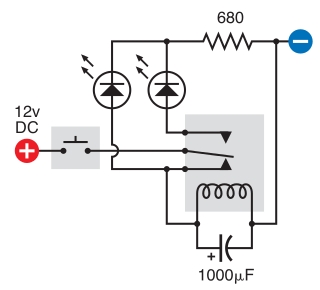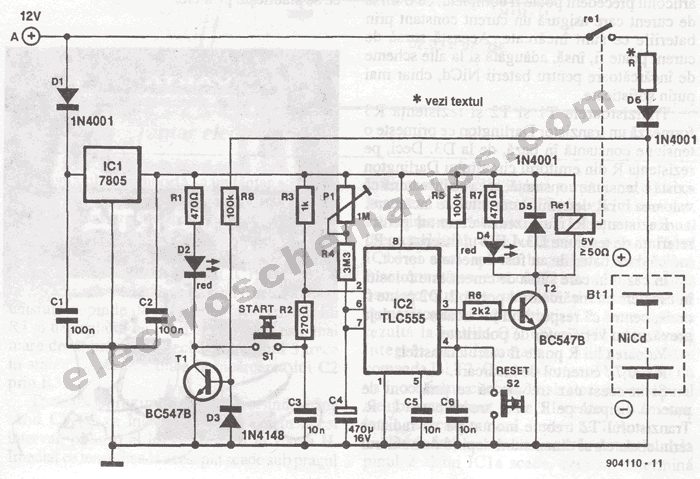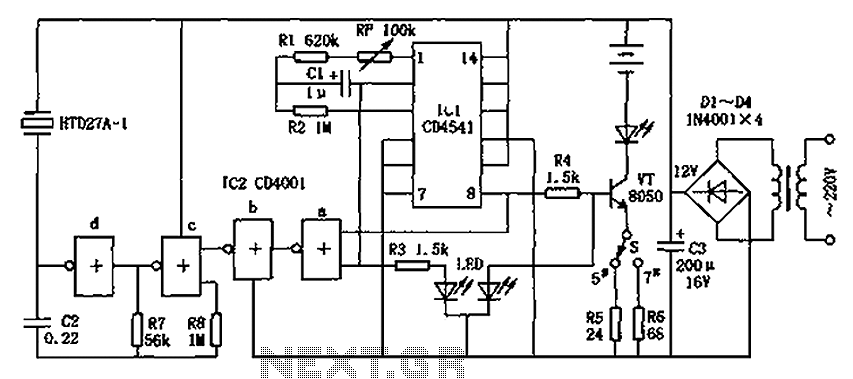
Micropower Linear Voltage Regulator in the Battery Charger Circuit
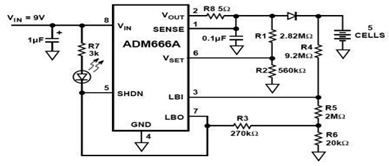
The ADM666A application note provides a detailed explanation of a low-cost battery charger circuit, including maximum output voltage, charge termination voltage calculation, battery voltage level monitoring, and circuit efficiency optimization. The ADM666A utilizes an NPN transistor and a P-channel FET. The output from the comparator drives an open-drain FET connected to the low battery output pin (LBO). The low battery threshold can be set using an appropriate voltage divider connected to the low battery input (LBI). When the voltage on LBI drops below 1.3 V, the open-drain output LBO is activated and pulled low.
The ADM666A battery charger circuit is designed to provide an efficient and cost-effective solution for charging batteries in various applications. The maximum output voltage of the circuit is determined by the design specifications and the characteristics of the components used. The charge termination voltage is crucial for preventing overcharging, which can lead to battery damage. This is calculated based on the battery chemistry and desired charging profile.
Monitoring the battery voltage level is essential for maintaining optimal performance and longevity of the battery. The circuit includes a mechanism to continuously check the voltage at the LBI pin. If the voltage falls below the predetermined threshold of 1.3 V, the open-drain output (LBO) is activated, signaling that the battery is low. This output can be used to trigger additional actions, such as turning off the charger or alerting the user.
The circuit's efficiency is maximized by careful selection of the NPN transistor and P-channel FET, ensuring minimal power loss during operation. The use of a voltage divider allows for flexibility in setting the low battery threshold, accommodating different battery types and applications. Overall, the ADM666A provides a robust solution for battery management, integrating essential features for monitoring and charging with a focus on reliability and efficiency.In the ADM666A application note, you can find detailed explanation about this low cost battery charger circuit such as Maximum output voltage, Charge termination voltage calculation, monitoring the battery voltage level, maximizing the circuit efficiency, and etc. The ADM666A uses an NPN transistor and a P-channel FET. The output from the comparat or drives an open drain FET connected to the low battery output pin, LBO. The low battery threshold may be set using a suitable voltage divider connected to LBI. When the voltage on LBI falls below 1. 3 V, the open drain output LBO is pulled low. 🔗 External reference
The ADM666A battery charger circuit is designed to provide an efficient and cost-effective solution for charging batteries in various applications. The maximum output voltage of the circuit is determined by the design specifications and the characteristics of the components used. The charge termination voltage is crucial for preventing overcharging, which can lead to battery damage. This is calculated based on the battery chemistry and desired charging profile.
Monitoring the battery voltage level is essential for maintaining optimal performance and longevity of the battery. The circuit includes a mechanism to continuously check the voltage at the LBI pin. If the voltage falls below the predetermined threshold of 1.3 V, the open-drain output (LBO) is activated, signaling that the battery is low. This output can be used to trigger additional actions, such as turning off the charger or alerting the user.
The circuit's efficiency is maximized by careful selection of the NPN transistor and P-channel FET, ensuring minimal power loss during operation. The use of a voltage divider allows for flexibility in setting the low battery threshold, accommodating different battery types and applications. Overall, the ADM666A provides a robust solution for battery management, integrating essential features for monitoring and charging with a focus on reliability and efficiency.In the ADM666A application note, you can find detailed explanation about this low cost battery charger circuit such as Maximum output voltage, Charge termination voltage calculation, monitoring the battery voltage level, maximizing the circuit efficiency, and etc. The ADM666A uses an NPN transistor and a P-channel FET. The output from the comparat or drives an open drain FET connected to the low battery output pin, LBO. The low battery threshold may be set using a suitable voltage divider connected to LBI. When the voltage on LBI falls below 1. 3 V, the open drain output LBO is pulled low. 🔗 External reference
